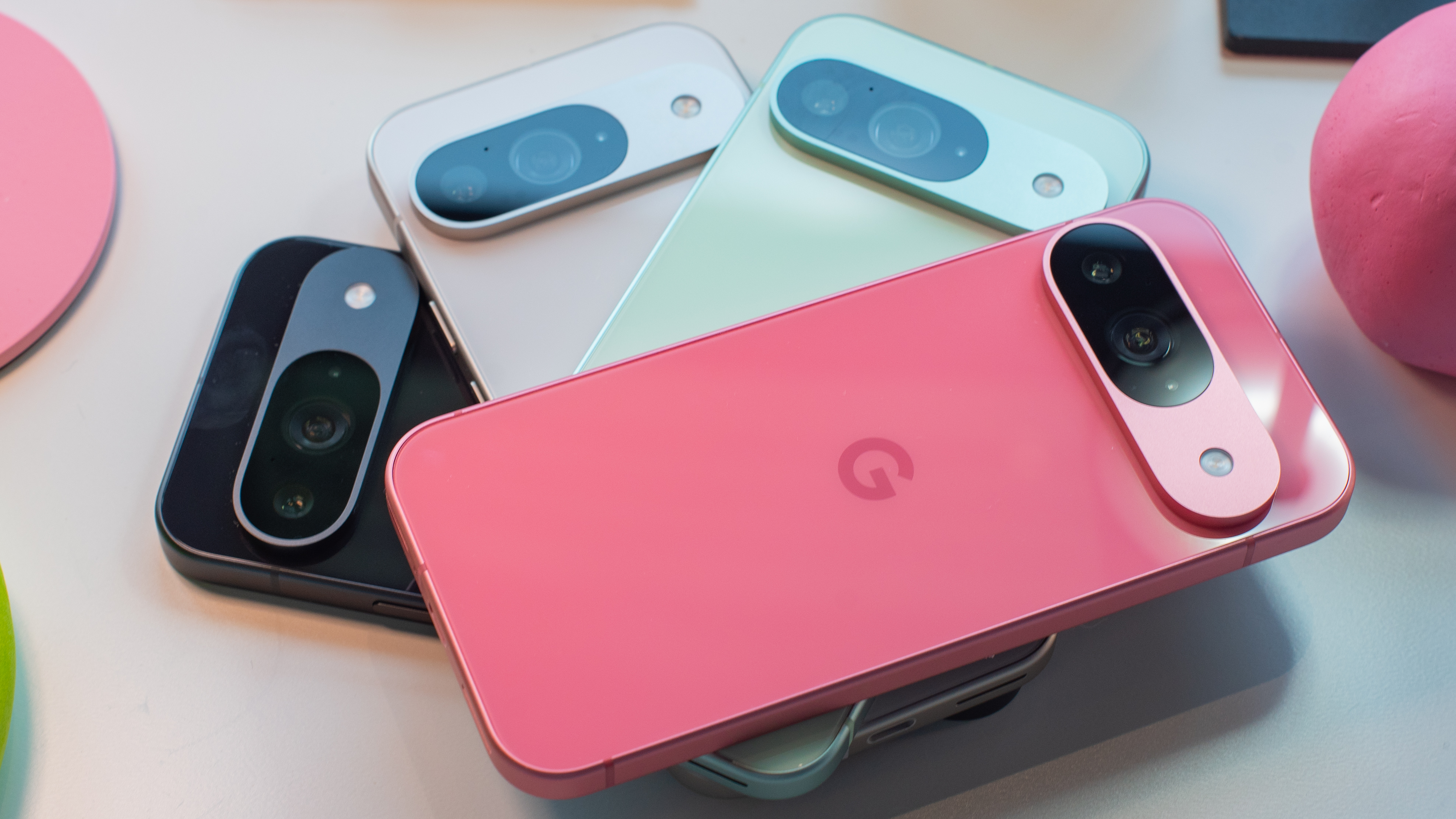Google Unveils SynthID Tool for Detecting AI-Generated Content

Last month, Google announced its new SynthID Detector, a tool designed to identify AI-generated content across text, image, video, or audio formats. However, Google acknowledges certain caveats: the tool is currently accessible only to "early testers" via a waitlist. The primary limitation is that SynthID predominantly functions with content generated by Google's own AI services, such as Gemini for text, Veo for video, Imagen for images, or Lyria for audio. Consequently, attempting to use Google’s AI detector to flag content generated by other AI systems, like ChatGPT, will not be effective. This is because, strictly speaking, SynthID does not detect the presence of AI-generated content itself or distinguish it from other types of content; instead, it identifies a specific "watermark" that Google’s AI products, and a few others, embed in their output.
A watermark is a special, machine-readable element embedded within an image, video, sound, or text. These digital watermarks are not visible to human readers or audiences but can be used by other tools to identify content created or edited using an AI model equipped with SynthID. Historically, digital watermarks have served to ensure that information about the origins or authorship of content travels with it, helping to assert authorship in creative works and combat misinformation challenges in the media. SynthID represents one of the latest efforts in this domain, embedding these imperceptible watermarks into the output from AI models.
Despite such advancements, the effectiveness of these tools is a subject of ongoing discussion. Currently, there is no unified AI detection system. Several AI companies, including Meta, have developed their own watermarking tools and detectors similar to SynthID. However, these are typically "model specific" solutions rather than universal ones, meaning users often need to employ multiple tools to verify content. Despite calls from researchers for a unified system and efforts by major players like Google to have their tools adopted more widely, the AI detection landscape remains fragmented.
A parallel effort in content verification focuses on metadata—encoded information about the origin, authorship, and edit history of media. For instance, the Content Credentials inspect tool allows users to verify media by examining the edit history attached to the content. However, a significant drawback is that metadata can be easily stripped when content is uploaded to social media platforms or converted into different file formats. This vulnerability is particularly problematic when individuals deliberately attempt to obscure the origin and authorship of content.
Beyond watermarking and metadata, some detectors rely on forensic cues, such as visual inconsistencies or lighting anomalies in images and videos. While some of these tools are automated, many still depend on human judgment and common-sense methods, like counting the number of fingers in AI-generated images to spot anomalies. Such methods, however, may become redundant as AI model performance improves and logical inconsistencies, which are visual 'tells' of the current AI generation era, become less common.
Overall, the effectiveness of AI detection tools can vary dramatically. Some tools perform better when the content is entirely AI-generated, such as an essay produced from scratch by a chatbot. The situation becomes significantly murkier when AI is used to edit or transform human-created content. In such cases, AI detectors can be highly unreliable: they might fail to detect AI involvement, or conversely, mistakenly flag human-created content as AI-generated. Adding to the confusion, AI detection tools often do not explain how they reached their decisions. When employed for plagiarism detection in university assessments, these tools are considered an "ethical minefield" and have been known to discriminate against non-native English speakers.
Nevertheless, a wide variety of use cases exist where AI detection tools can be beneficial. In insurance claims, for example, knowing whether an image shared by a client genuinely depicts what it claims to can help insurers respond appropriately. Journalists and fact-checkers might use AI detectors, alongside other methods, when deciding if potentially newsworthy information should be disseminated further. Employers and job applicants increasingly need to assess whether the person on the other side of the recruiting process is genuine or an AI fake. Similarly, users of dating apps need to determine if a profile represents a real romantic prospect or an AI avatar, possibly fronting a romance scam. For emergency responders, confidently knowing whether a caller is human or AI can save critical resources and lives.
Looking ahead, the challenges of authenticity are occurring in real time, and static tools like watermarking are unlikely to be sufficient on their own. There is a pressing need for the development of AI detectors that can operate on audio and video in real time. Whatever the scenario, it is improbable that judgments about authenticity can ever be fully delegated to a single tool. Understanding how such tools work, including their inherent limitations, is an important first step. Triangulating the findings of these tools with other available information and one's own contextual knowledge will remain essential in navigating the complexities of AI-generated content.











